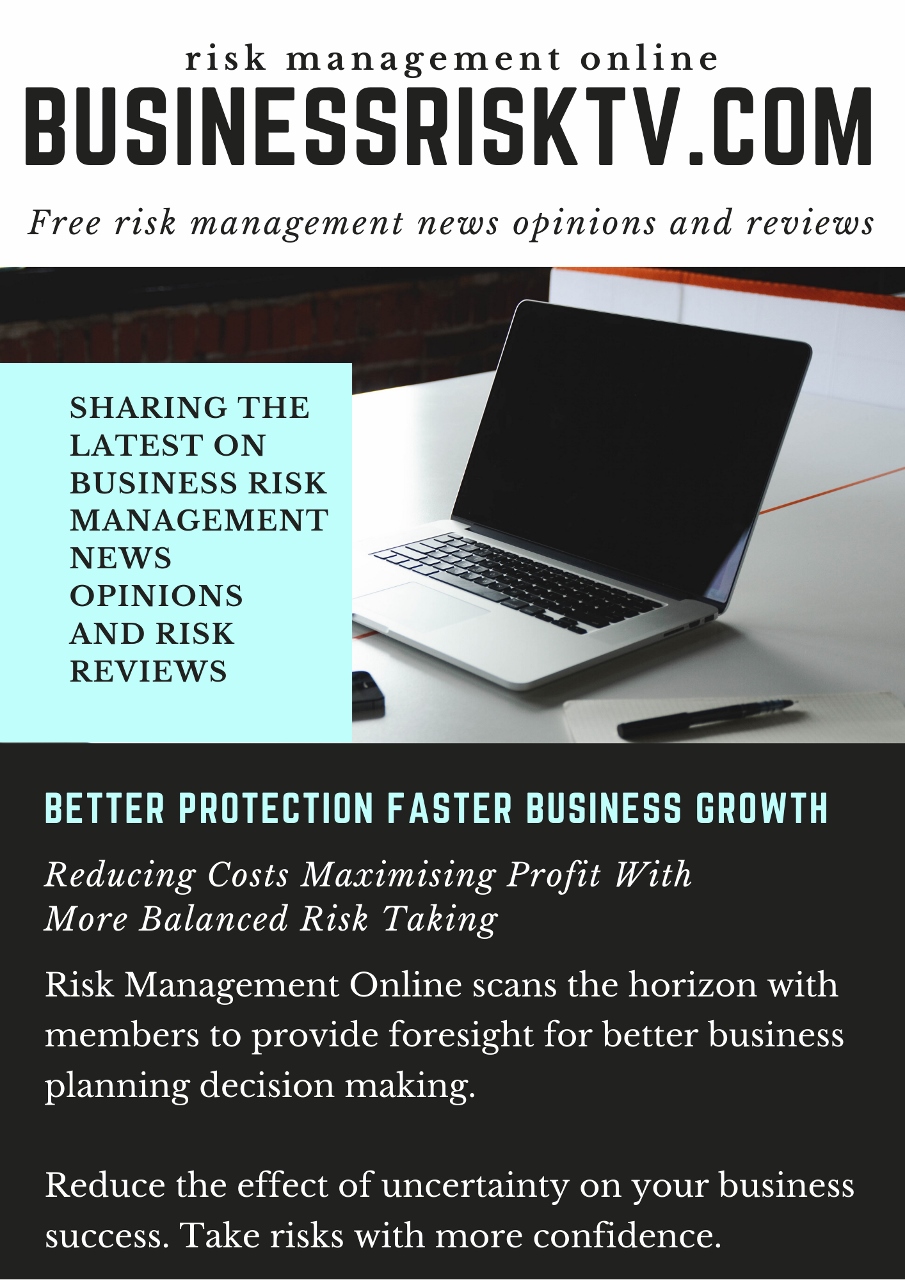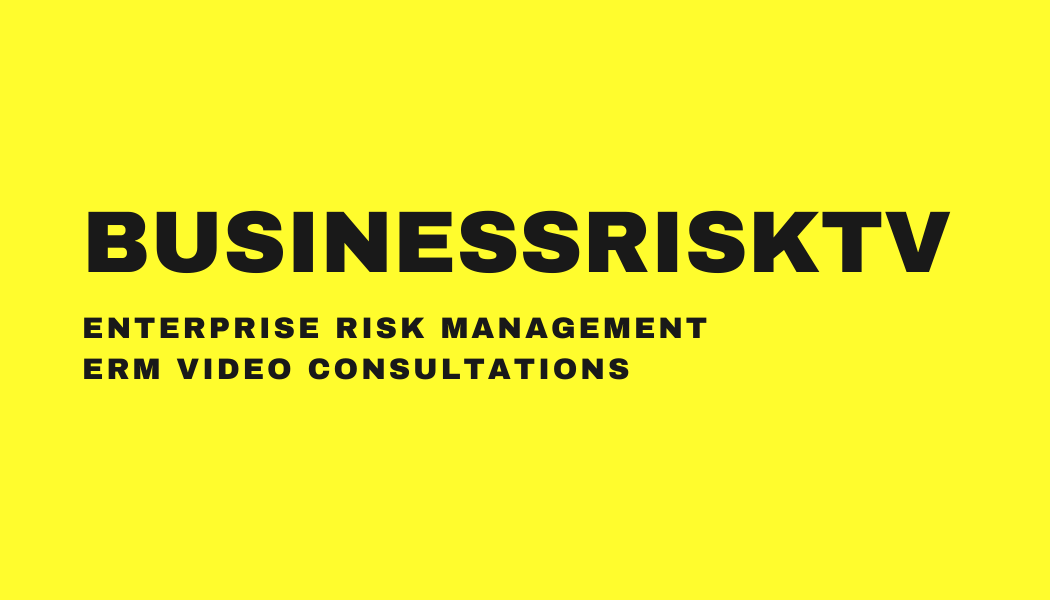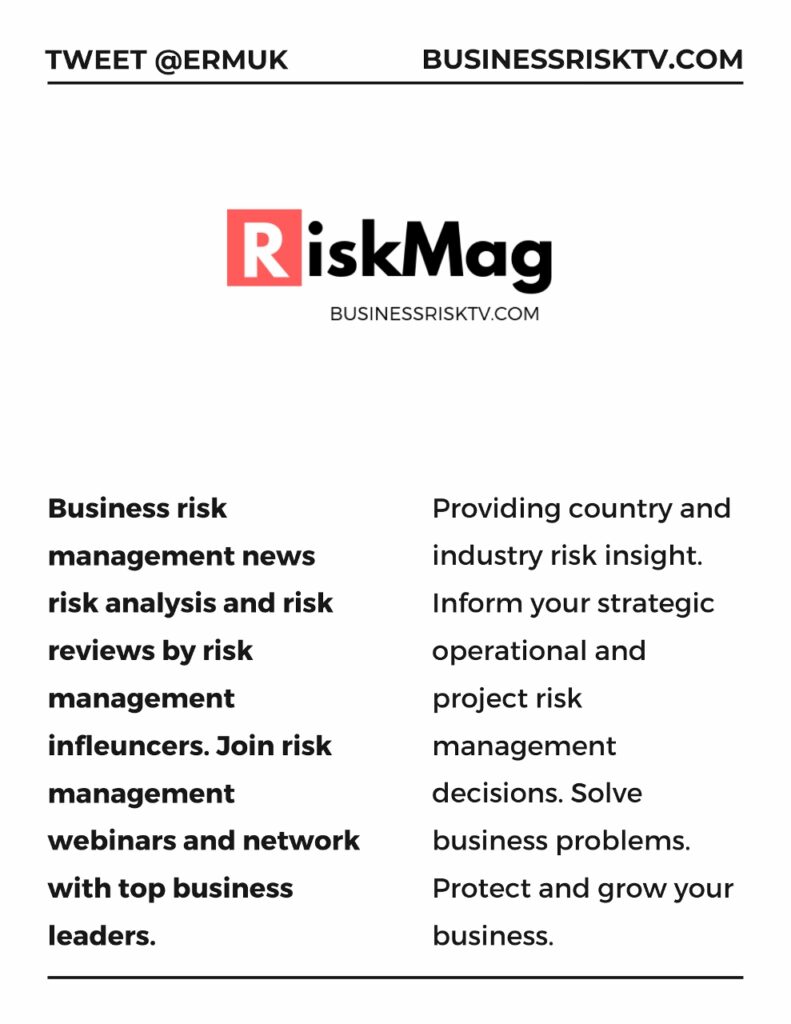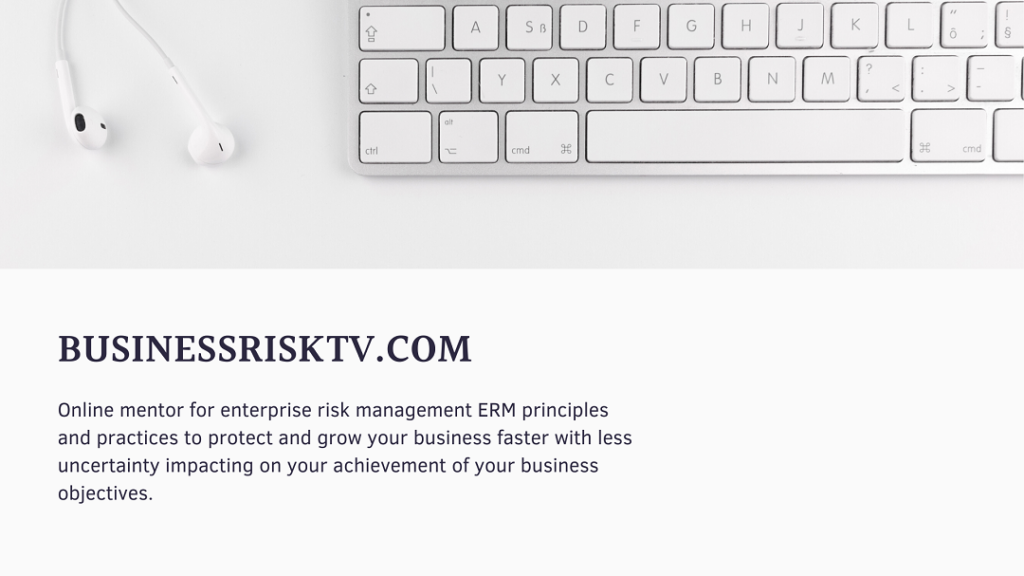How do you inspire others to achieve goals?
Inspiring Others to Support Your Goals: The Power of Motivation, Influence, and Engagement
Achieving personal and professional goals is a challenging endeavour, but it becomes even more rewarding and attainable when others are inspired to support you. Whether you’re leading a team, working in a collaborative environment, or pursuing individual aspirations, the ability to inspire and engage others can be a game-changer. In this article, we will explore various strategies and techniques that can help you motivate, influence, and inspire others to align with your goals and contribute to your success.
- Leading by Example: Walk the Talk
Inspiration starts with leading by example. If you want others to support your goals, you must demonstrate your commitment and dedication to those goals. Actions often speak louder than words, and when you exhibit a strong work ethic, enthusiasm, and resilience, it naturally motivates others to follow suit. Show them that you are genuinely invested in achieving your objectives, and they will be more likely to offer their assistance.
- Share Your Vision: Paint a Compelling Picture
To inspire others to help, you need to articulate your vision clearly and passionately. People are more likely to get on board when they understand the purpose and potential impact of your goals. Paint a compelling picture of what the future could look like once those goals are achieved. Use storytelling techniques to create an emotional connection with your audience and make them feel like they are part of something meaningful.
- Listen Actively and Empathetically
Inspiration often comes from understanding and acknowledging others’ perspectives. To engage people effectively, practice active and empathetic listening. Create an open and supportive environment where team members can express their ideas, concerns, and aspirations freely. By valuing their input and showing genuine interest, you build trust and foster a collaborative atmosphere that encourages others to support your goals wholeheartedly.
- Provide Meaningful Incentives
While intrinsic motivation plays a significant role in inspiring others, providing meaningful incentives can further boost their commitment. These incentives don’t necessarily have to be monetary; recognition, opportunities for growth, or a sense of ownership over certain aspects of the project can be equally motivating. Tailor the rewards to align with individual preferences, and you’ll find that people are more willing to go the extra mile to support your goals.
- Foster a Positive and Supportive Culture
Creating a positive and supportive culture is crucial for inspiring and engaging others within your team. Celebrate successes, no matter how small, and learn from failures without assigning blame. Encourage collaboration, and avoid micromanagement, as it can stifle creativity and demotivate team members. A culture of trust, respect, and appreciation fosters a sense of belonging, making it easier for people to invest their time and effort in supporting the team’s collective goals.
- Encourage Professional Development
To inspire others, demonstrate that you care about their growth and development. Encourage your team members to set their own goals and support them in reaching those objectives. Providing opportunities for learning and skill development shows that you are invested in their success, and it fosters loyalty and dedication to your shared goals.
- Be Flexible and Adapt to Change
In the pursuit of any goal, challenges and unexpected obstacles are bound to arise. As a leader or team member inspiring others, it’s essential to be flexible and adaptable in the face of change. Show resilience and demonstrate your problem-solving skills when confronted with setbacks. Your ability to navigate through rough waters and stay focused on the end goal will inspire confidence and loyalty in those around you.
- Celebrate Team Efforts and Individual Contributions
Recognise and celebrate both team efforts and individual contributions. When team members feel that their hard work and dedication are acknowledged and appreciated, it enhances their sense of belonging and commitment to the group’s goals. Publicly acknowledge achievements and milestones, and ensure that credit is given where it is due. This practice not only motivates the individuals involved but also inspires others to step up and contribute positively to the team’s objectives.
- Lead with Positivity and Enthusiasm
Your attitude as a leader or a team member sets the tone for the entire group. Leading with positivity and enthusiasm is infectious, and it can ignite a similar passion in those around you. Stay optimistic and maintain a can-do attitude, even during challenging times. Positivity breeds resilience and inspires others to stay motivated and committed to achieving the shared goals.
- Cultivate a Growth Mindset
A growth mindset is a powerful tool for inspiring and engaging others. Embrace challenges as opportunities for learning and improvement. When faced with setbacks or failures, view them as stepping stones on the path to success, not roadblocks. Encourage others to adopt a growth mindset as well, and create an environment where experimenting, taking risks, and learning from mistakes are encouraged and valued.
Inspiring others to support your goals requires a combination of effective leadership, genuine passion, and empathy. By leading by example, communicating your vision compellingly, and fostering a positive and supportive culture, you can motivate, influence, and engage others to contribute to your success. Active listening, providing meaningful incentives, and celebrating team efforts further solidify the commitment of those around you. Embrace change, cultivate a growth mindset, and lead with positivity and enthusiasm to create an inspiring environment that propels everyone towards achieving their shared goals.
More business risk management articles videos and reviews
Inspire & Motivate Team








